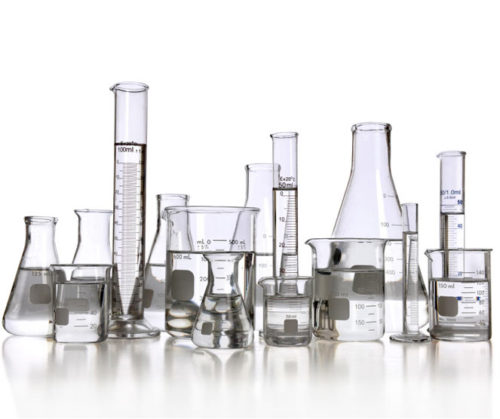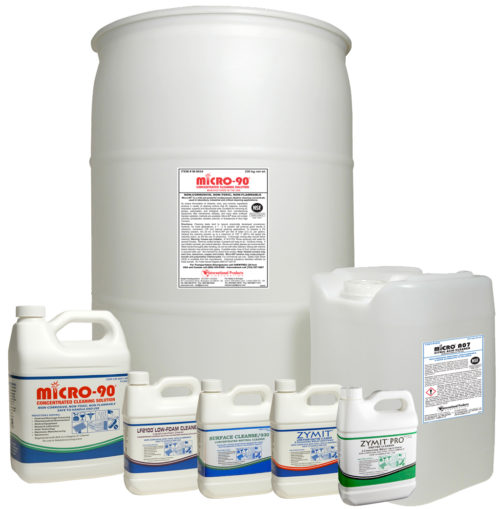5 Ways to Keep Your Lab Equipment In Tip-Top Shape for 2018
Tweet
 Print
Print
It’s January, the start of a new year and a time when people traditionally promise to make positive changes. Maybe it’s a commitment to exercising or healthy eating, a vow to save money, or maybe even a pledge to stop smoking. Whatever your resolution might be, most of us are in agreement that this is an excellent time of year to start fresh and engage in new behaviors.
So why not also set a New Year’s resolution for your professional life. The flip of the calendar is an excellent time to establish a regular maintenance plan for your laboratory equipment.

Just like a car, laboratory equipment must be properly maintained and kept in good working order. Car ownership comes with responsibilities like changing the oil, topping off fluids, rotating tires and washing the vehicle. Performing these actions regularly helps keep your automobile running smoothly, avoiding breakdowns. While no one likes the inconvenience of taking their car in for service, it’s much better than having to call and wait for emergency roadside assistance.
Likewise, proper maintenance of lab apparatus helps to ensure that your equipment is working correctly and your lab is functioning efficiently. Analyzers, centrifuges and microscopes have to provide accurate readings, and pipettes, beakers, slides and flasks need to be kept clean. Failure to properly maintain lab equipment can have a direct impact on test results.
5 Steps for Maintaining Lab Equipment:
1. Inspection
Inspect equipment on a regular basis. Examining equipment regularly helps discover any irregularities and ensures repairs are made on a timely basis, preventing damages from getting worse. Malfunctioning lab equipment should be repaired at once.
2. Repair/Refurbish
Refurbished equipment is completely disassembled and thoroughly cleaned. Some parts are polished and some may need lubrication. Faulty parts can be replaced. The reassembled apparatus frequently works just as well as a brand new piece of equipment.
3. Calibration
Keeping your equipment properly calibrated helps increase its accuracy to ensure that data is not corrupted. Inaccurate calibration can result in skewed data.
4. Clean, Clean, Clean
Regular cleaning is one of the easiest ways to keep your equipment functioning properly. Apparatus that is not thoroughly cleaned can yield inconsistent results. The exterior surfaces of all equipment should be wiped down on a daily basis, after each use. A complete cleaning should be performed at least once a week. Be sure to take these factors into consideration:
• Set up a proper cleaning protocol
• Use the right detergent for each job (this will depend upon the soil and the type of equipment)
• Rinse thoroughly after cleaning
• Avoid cross contamination
• Clean equipment thoroughly prior to disinfecting
• Validate your cleaning process if required
5. Maintain Safety Standards
A well-organized lab will run more efficiently. Supplies and chemicals should be clearly labeled and stored. Safety equipment, such as fire extinguishers, showers, first aid kits, and eye wash should be present and well maintained. Lab personnel should be sure to wear protective gear such as gloves, goggles, lab coats and masks. Chemicals should be disposed of properly as instructed on the SDS.
Properly maintained lab equipment is essential for accuracy and consistency of test results. Investing the time and money to set up and follow a regular maintenance plan will provide long-term savings by keeping your laboratory functioning smoothly and efficiently. This is one New Year’s resolution you’ll certainly want to keep!
International Products Corporation (IPC) manufactures a full line of specialty cleaners that are excellent for cleaning laboratory equipment. Contact IPC to learn more.

Tweet
 Print
Print